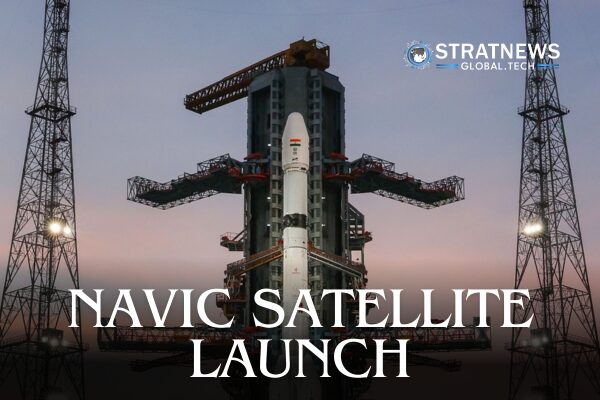ISRO’s 100th Mission with NVS-02 Satellite Now Orbiting
The Indian Space Research Organisation (ISRO) marked a significant milestone with the success of ISRO’s 100th mission on January 29. The 2,250-kg NVS-02 satellite was launched aboard the GSLV-F15 from Sriharikota at 6:23 AM and is now enhancing India’s navigation capabilities from orbit.
Advancements with NVS-02
The NVS-02 satellite, the second of five second-generation satellites, is a major step forward in upgrading the Indian Regional Navigation Satellite System (IRNSS), also known as NavIC. Featuring advanced indigenously developed atomic clocks and utilizing the L1 frequency — commonly used in the US Global Positioning System (GPS) — the satellite aims to broaden the adoption of NavIC services among compact devices such as fitness trackers.
These satellites, each with a 12-year lifespan, join India’s constellation providing positioning, navigation, and timing services over the Indian mainland and within 1,500 km of its surroundings. The original satellite, IRNSS-1A, launched in 2013, necessitated earlier replacements due to atomic clock malfunctions.
Details of the Successful Launch
The NVS-02 launch also noted the 17th flight of the GSLV vehicle and the 11th mission to feature ISRO’s indigenous cryogenic engine. The satellite was accurately deployed into a Geostationary Transfer Orbit (GTO) at 170 x 36,577 km, achieving its precise orbital position within just 19 minutes.
ISRO’s journey with the second-generation NavIC satellites began with the launch of NVS-01 in 2023, aiming to extend NavIC’s reach and enhance its functionality. This has spurred the development of various user receivers and applications, enabling smartphones with compatible chipsets to access NavIC signals.
Overcoming Early Challenges
Despite early setbacks, such as the 2017 launch failure of replacement satellite IRNSS-1H due to a malfunctioning PSLV heat shield, and concerns raised by the Comptroller and Auditor General (CAG) in 2018 about delays in user receiver development, ISRO has made considerable progress. The integration of the L1 frequency and the deployment of improved satellites are expected to significantly increase NavIC’s presence in consumer electronics, from smartphones to fitness devices.



